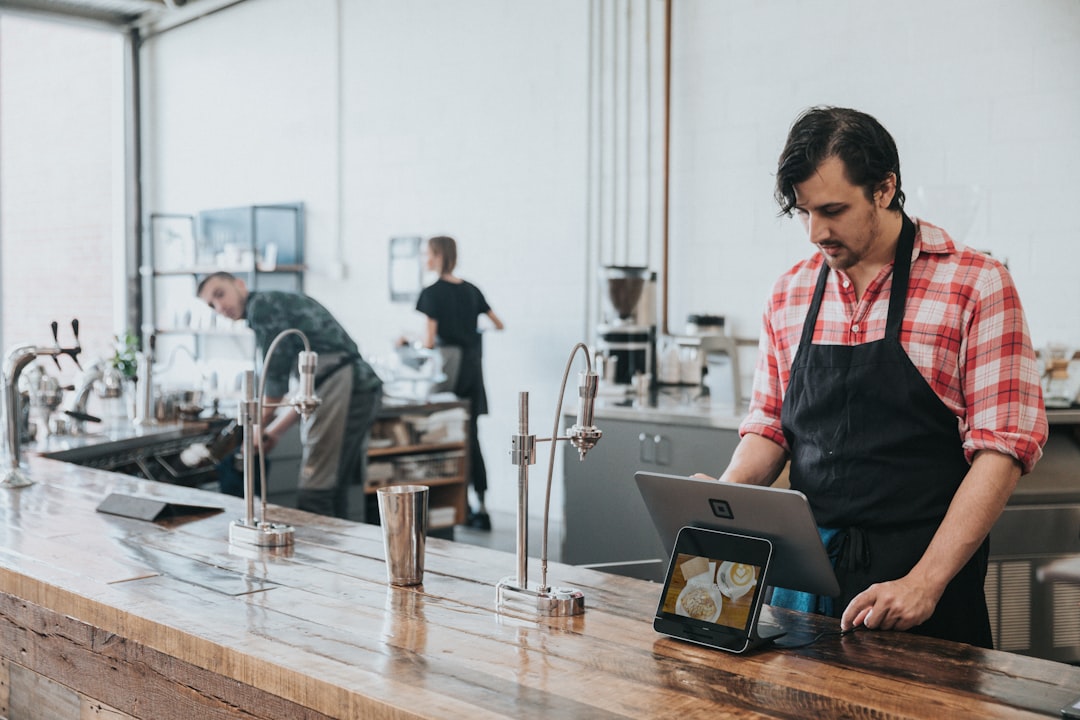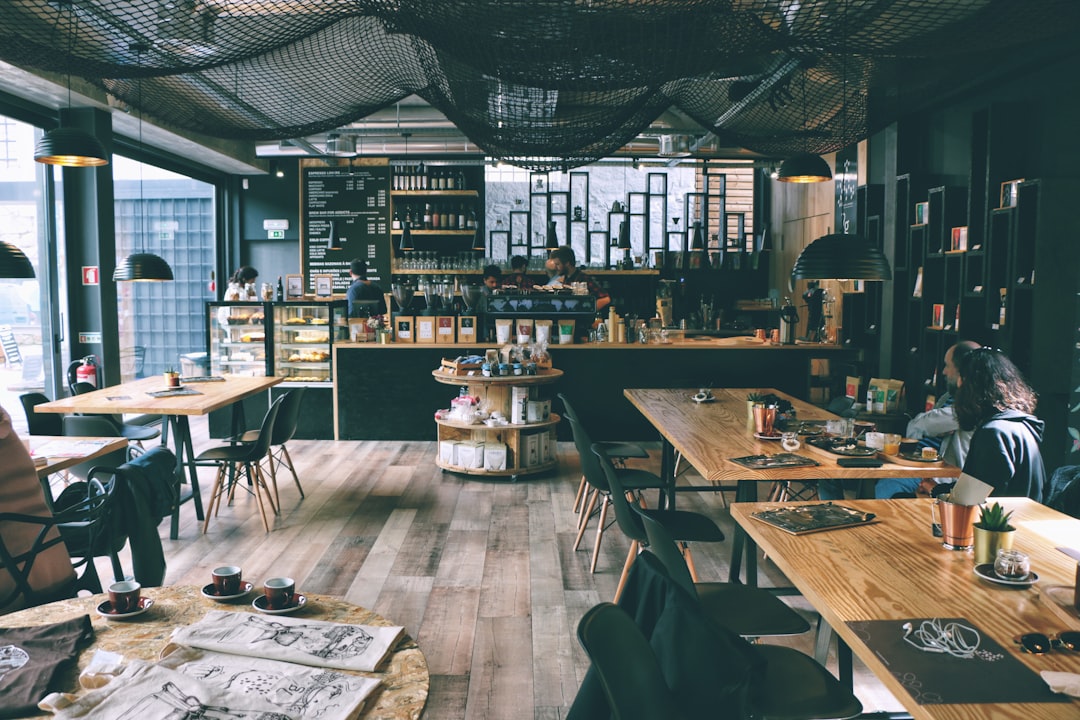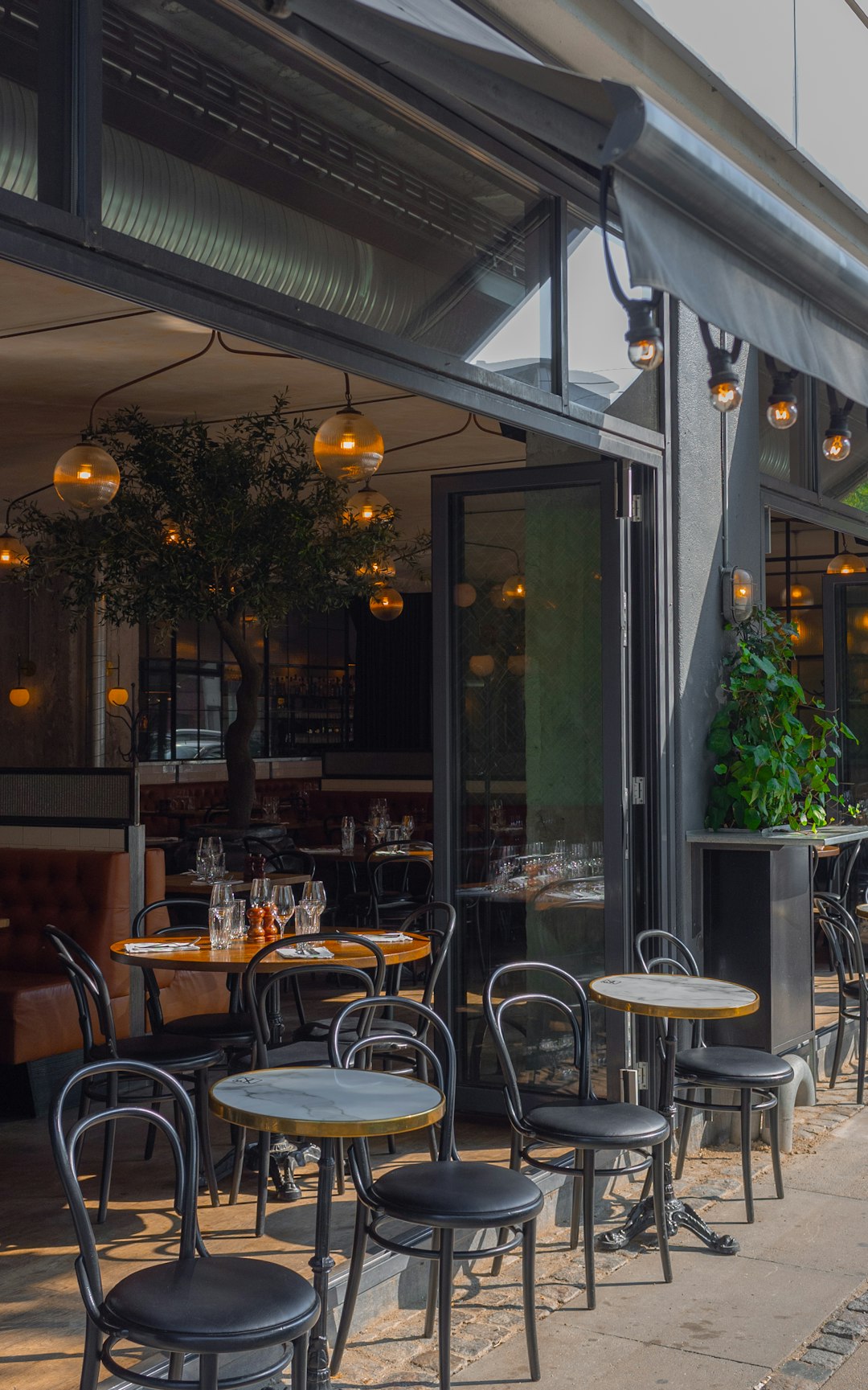A cafe's menu quality is assessed through coffee/tea diversity, local ingredient sourcing for food, and pricing strategies indicating value. Specialty drinks with customizability and unique ingredients create memorable experiences in a competitive market. Key focus areas for evaluating cafes include flavor depth, freshness, cost-effectiveness, and personalized offerings.
When stepping into a cafe, the menu holds as much allure as the aroma of freshly brewed coffee. This article dissects the art of cafe offerings, comparing menu diversity between coffee and tea options, scrutinizing the use of local ingredients versus processed alternatives, analyzing pricing strategies for value, and exploring unique selling points like specialty drinks. Get ready to navigate the captivating world of cafes and find your perfect brew and bite.
- Analyzing Menu Diversity: Coffee vs Tea Options
- Assessing Food Quality: Local Ingredients vs Processed
- Pricing Strategies: Value for Money Comparison
- Unique Selling Points: Specialty Drinks & Extras
Analyzing Menu Diversity: Coffee vs Tea Options
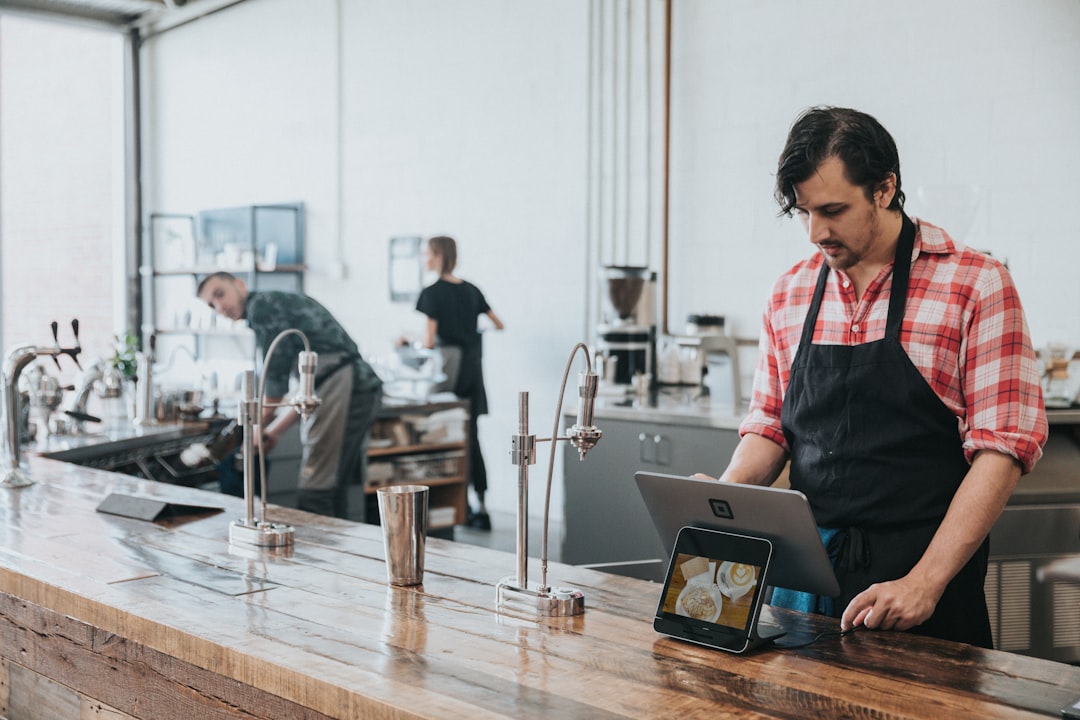
When comparing cafe menus, one key aspect to consider is the diversity and depth of coffee versus tea options. A well-rounded cafe menu should offer a variety that caters to both the avid coffee drinker and the tea enthusiast. In many cases, cafes excel in one area but fall short in the other.
A top-tier cafe menu might feature an extensive selection of single-origin coffees from around the globe, allowing patrons to embark on a sensory journey through different roasts and flavors. Conversely, a robust tea menu could showcase unique blends, herbal infusions, and specialty teas, such as matcha or chai, appealing to those seeking a tranquil and diverse drinking experience. Ultimately, the ideal cafe should strive for balance, ensuring both coffee and tea lovers find something that resonates with their palates.
Assessing Food Quality: Local Ingredients vs Processed
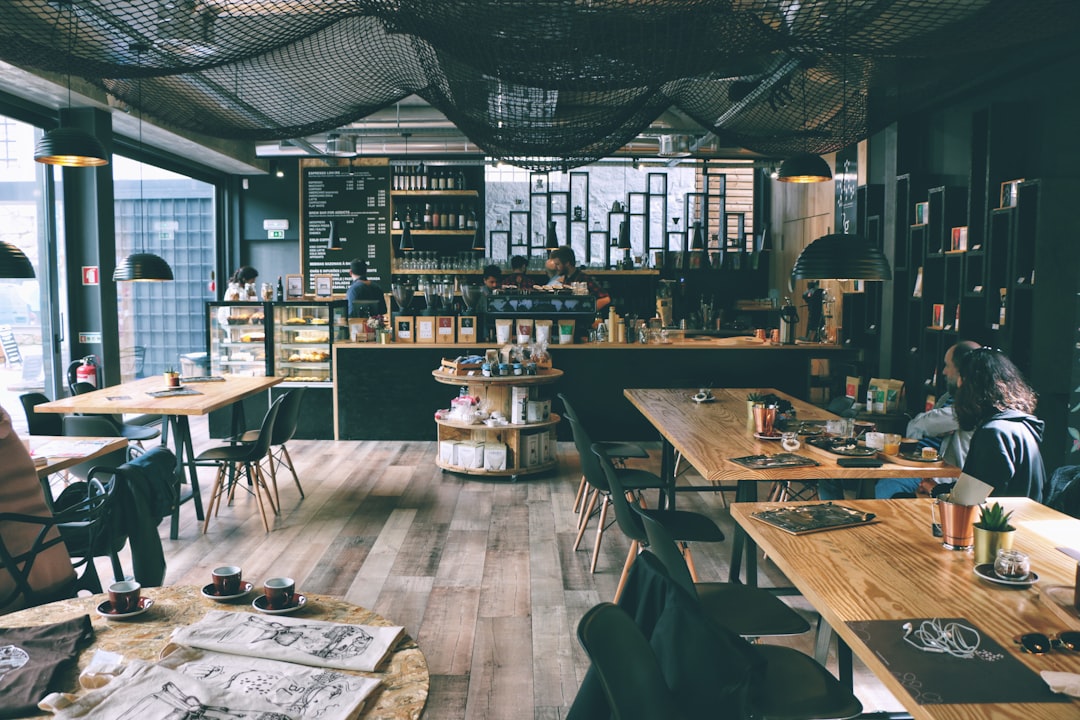
When comparing cafe menus, assessing food quality is paramount. One key aspect is the source of ingredients: local versus processed. Cafes that prioritize local ingredients often offer fresher, more vibrant flavors due to the shorter supply chain. They also support nearby farmers and contribute to the local economy, enhancing the sustainability and appeal of their offerings.
However, reliance on processed ingredients can be appealing for cafes aiming to maintain consistent quality and reduce waste. While convenience may seem appealing, especially in high-turnover settings, processed foods generally lack the depth of flavor and nutrition found in fresh, locally sourced alternatives. As a result, diners may experience a less satisfying dining experience.
Pricing Strategies: Value for Money Comparison
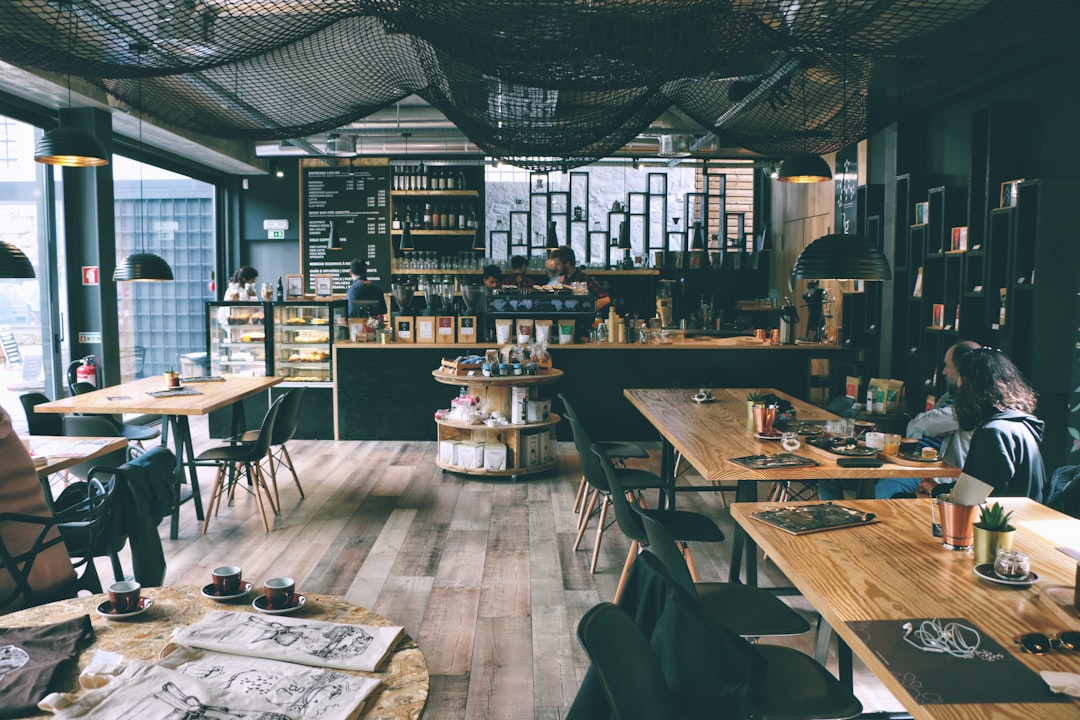
When comparing cafe menus, pricing strategies are a key indicator of value for money. A savvy coffee drinker will look beyond the eye-catching descriptions and consider the cost per item. Some cafes may offer seemingly luxurious options at a premium price, but do they deliver an experience that justifies the cost? Conversely, establishments with lower prices might provide ample portion sizes or use high-quality ingredients, making them a great choice for budget-conscious patrons.
Examining the pricing structure allows you to identify the best value cafes. Those with consistent and fair prices across their menu items suggest a focus on accessibility. In contrast, a cafe with wildly varying costs could indicate a mix of everyday options and high-end specialties, catering to different customer preferences and budgets. Ultimately, understanding the pricing strategy helps you make an informed decision about where to spend your money based on your expectations and perceived value.
Unique Selling Points: Specialty Drinks & Extras
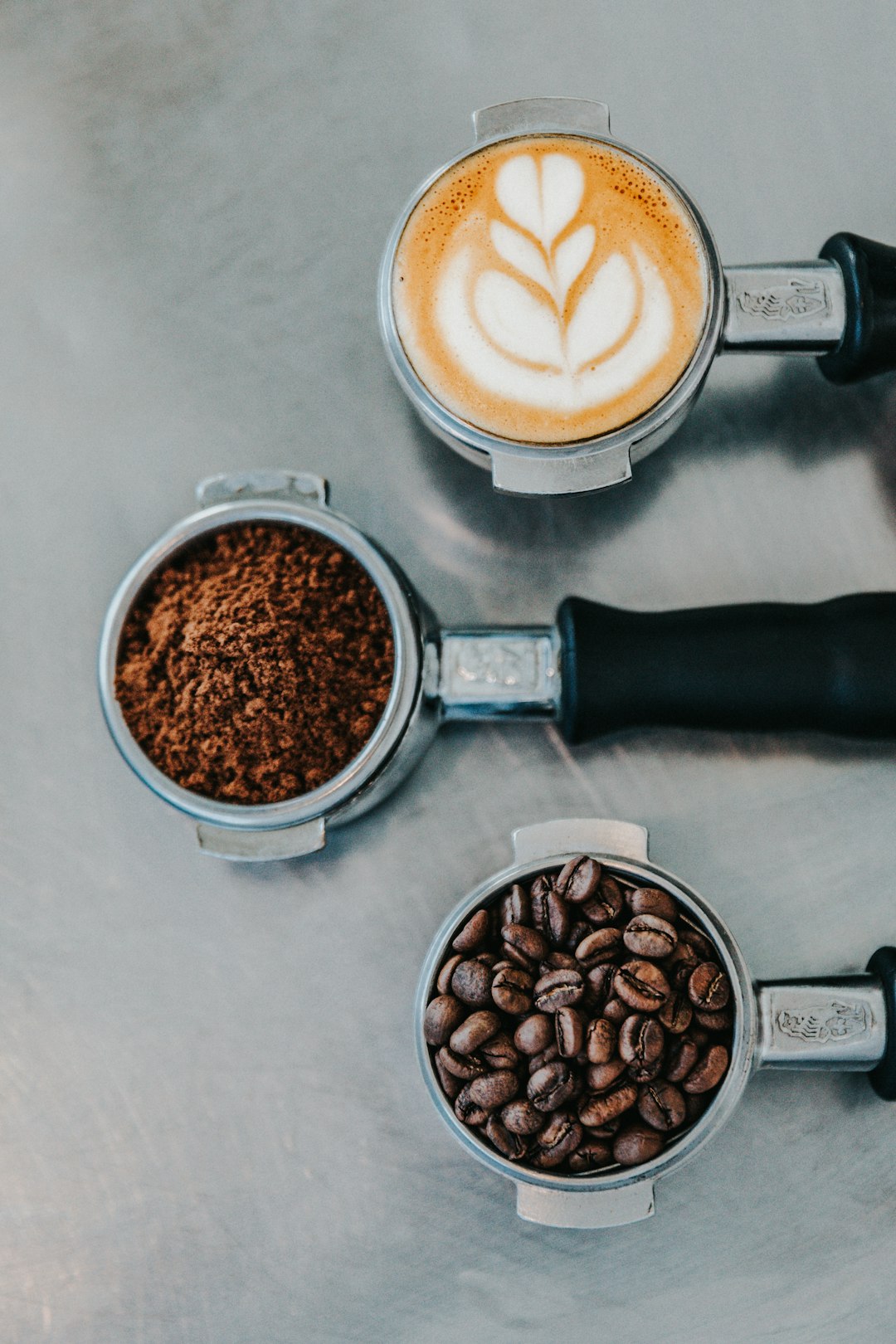
Many cafes stand out from their competitors by offering unique specialty drinks that cater to diverse tastes and preferences. These could include innovative coffee blends, artisanal teas, or creative mocktails. For instance, a cafe might pride itself on serving locally sourced, ethically traded coffee beans, appealing to environmentally conscious consumers. Some establishments even offer cold brew, pour-over, or espresso-based beverages, each with its own devoted following.
Beyond signature drinks, extras like customizability options, unique garnishes, or healthy add-ins can also be powerful differentiators. Customers appreciate the chance to personalize their orders, whether it’s adding a dash of spice, choosing between various milk alternatives, or swapping out syrups. These small touches demonstrate a cafe’s commitment to satisfying individual tastes and create memorable drinking experiences, setting them apart in a crowded market.
When comparing cafe menus, it’s clear that each establishment offers unique experiences. From diverse coffee and tea selections to varying food quality and pricing strategies, choosing the right cafe depends on individual preferences. By considering local ingredients, specialty drinks, and value for money, you can find the perfect spot that caters to your tastes. So, whether you’re a coffee connoisseur or a foodie, take a dive into these menu comparisons to discover the best cafe for your next visit.

